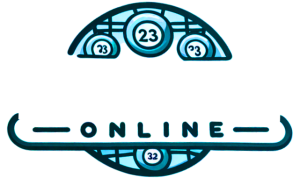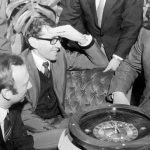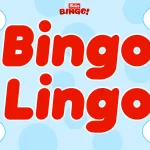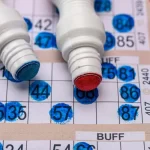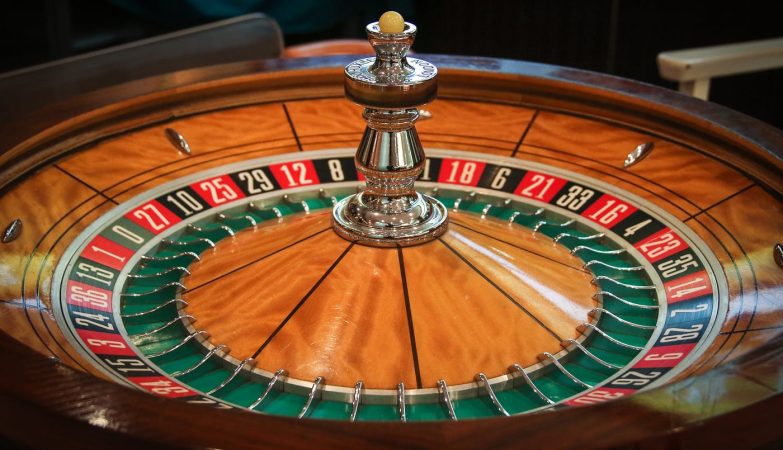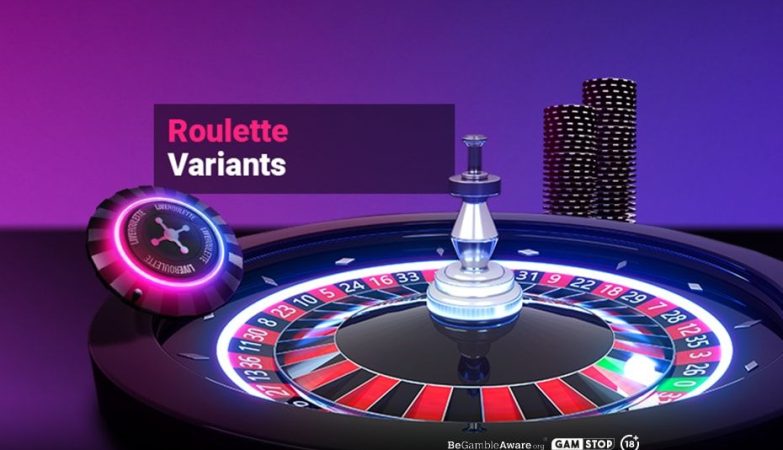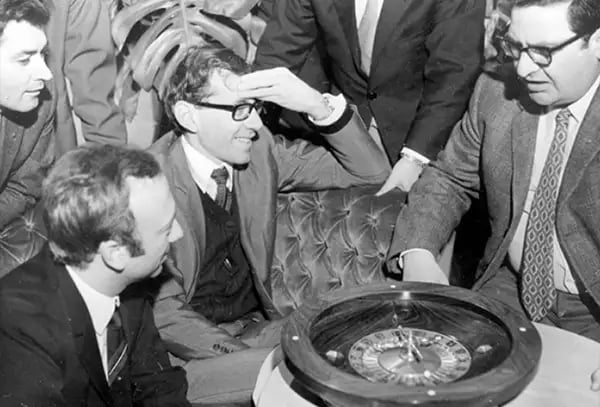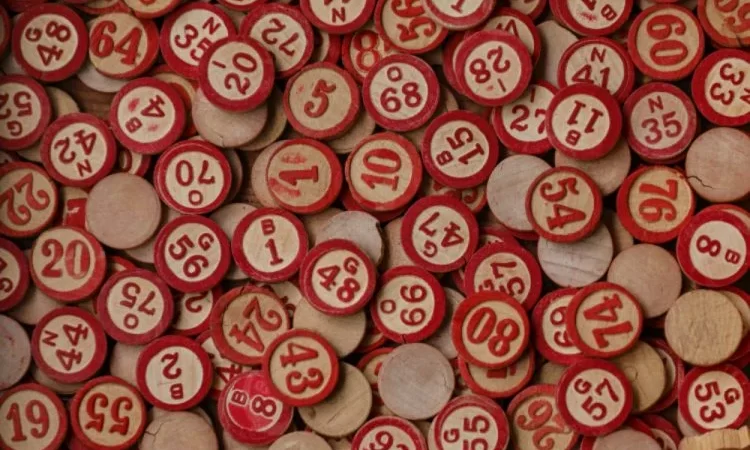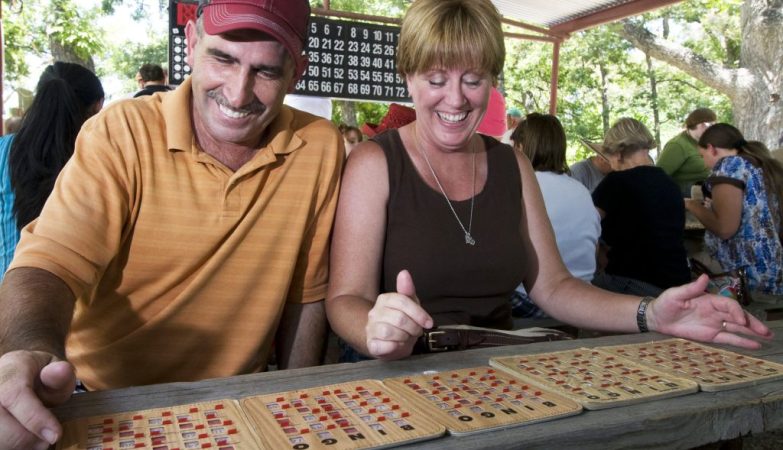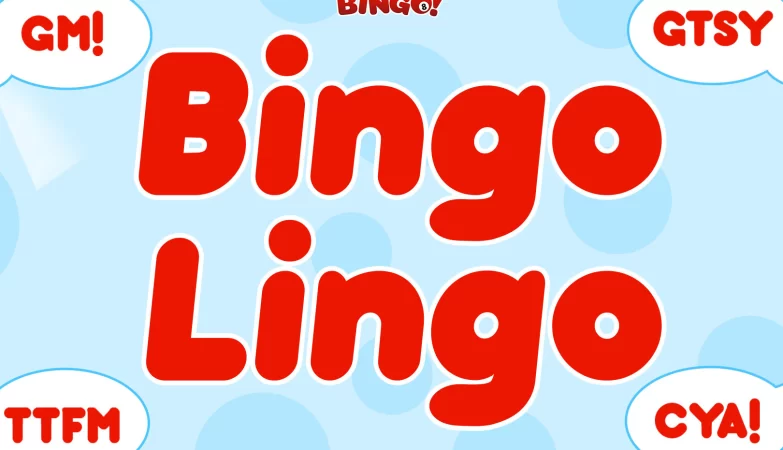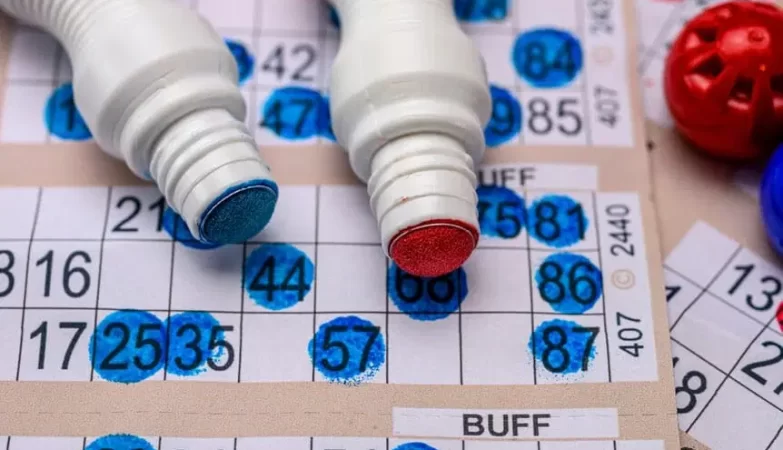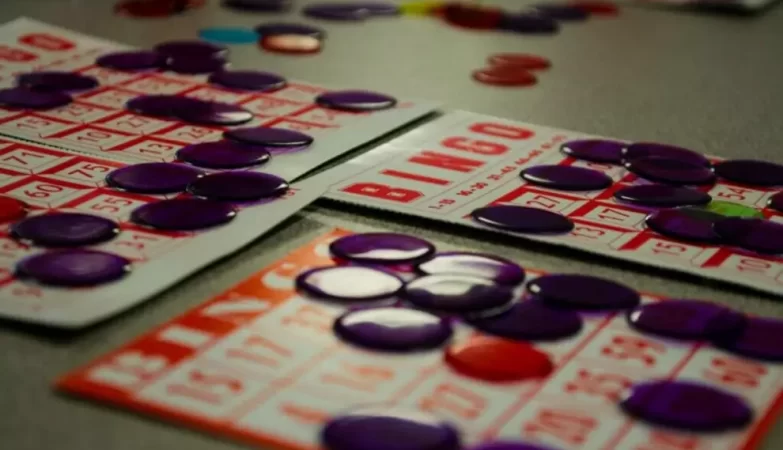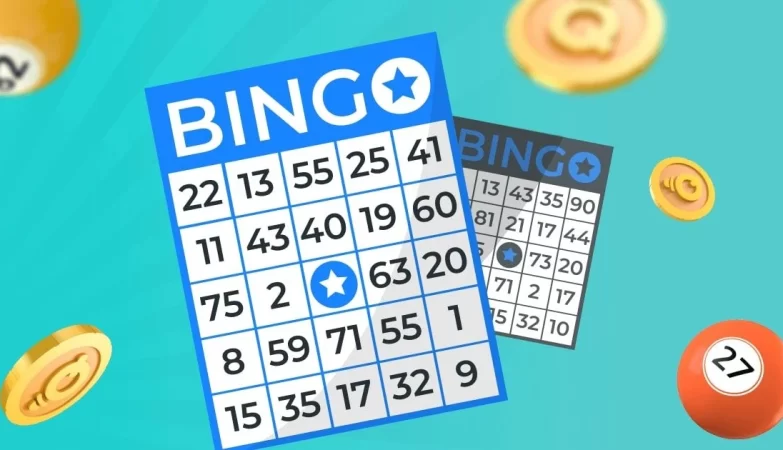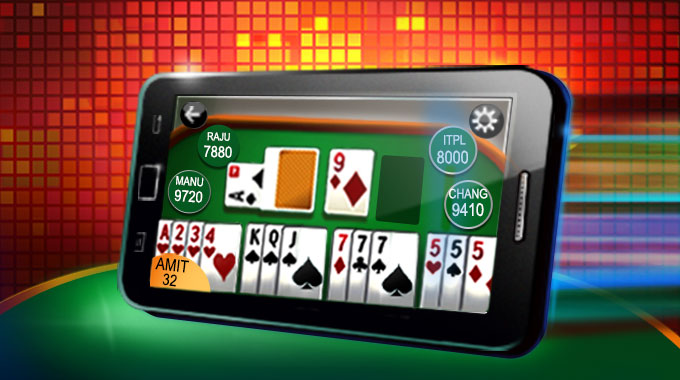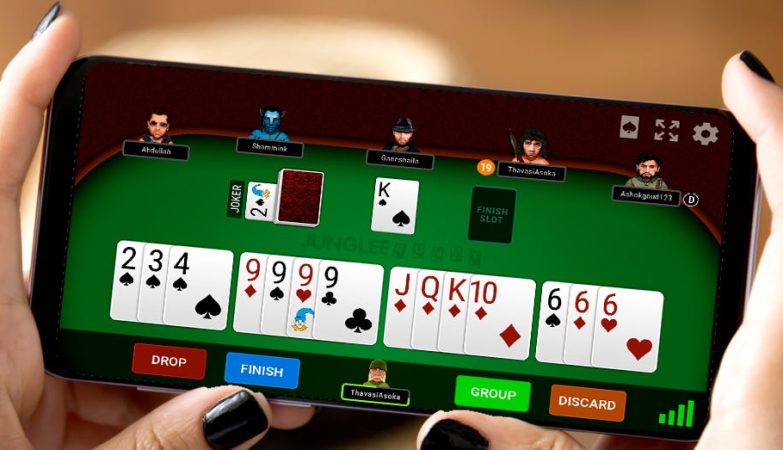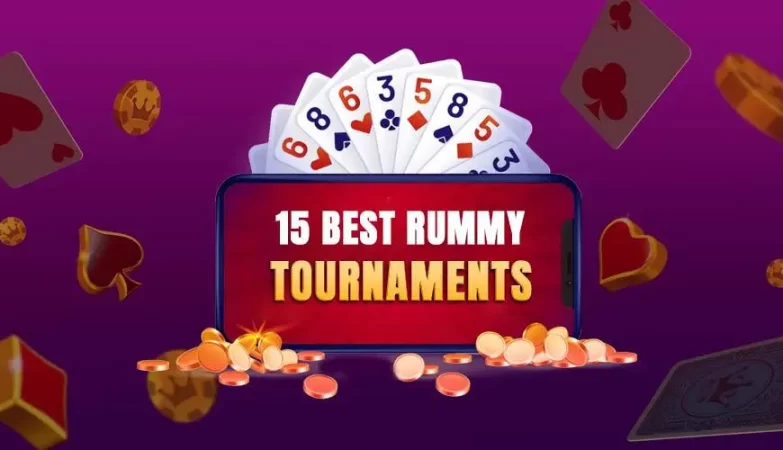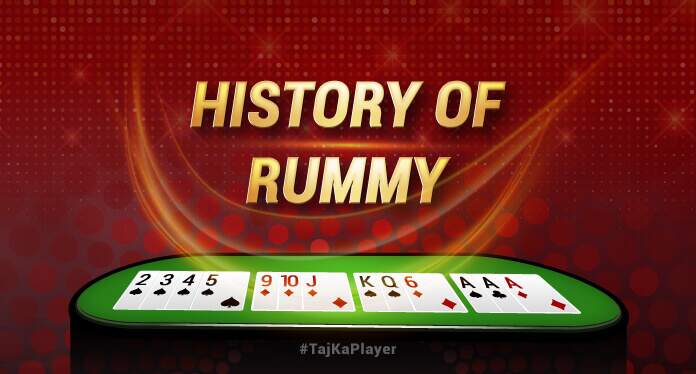The Role of Technology in Shaping Modern Casinos
Modern technologies are revolutionizing multiple industries, including gambling. By providing more customer-oriented, convenient, and immersive experiences. Augmented and virtual reality technologies are providing players with
Bingo For Charity – How Your Favorite Game Can Make a Difference
Bingo can be an effective and successful fundraising event; however, like any fundraising activity it…
Top 10 Unusual Bingo Halls Around the World
Bingo halls are more than just places to play; they're communities of people that come…
Bingo Lingo – Understanding the Slang and Terminology
Bingo lingo adds to the atmosphere and excitement of a game of bingo, from simple…
The Future of Bingo: Online Platforms and Virtual Reality
Technology has propelled an old favorite pastime to new heights, even garnering recognition from respected…
How to Host a Bingo Night Done Right
Bingo nights can be a fantastic way to bring friends together for a good cause…
The Ultimate Guide to Bingo – Tips, Tricks and Strategies for Winning
Bingo is an entertaining card game involving random numbers that's simple and fast-paced to play,…
Poker and Pop Culture
Poker has long held an iconic place in popular culture. Its combination of skill, strategy, and luck has long captivated filmmakers. Poker's wide appeal lies
The Psychology of Rummy – Skill Strategy and Luck
Rummy is an intricate game of skill, strategy and mind games. It requires players to…
The Social Impact of Rummy – Communities and Competitions
Rummy has quickly become a social pastime, becoming an integral component of gatherings and friendly…
Rummy on the Go – Mobile Apps and Gaming Trends
Rummy is a classic card game that can be enjoyed on mobile devices. Play it…
Rummy 101 – Understanding the Basics and Variations
Rummy is an engaging game of skill and strategy. There are various variations available that…
Rummy Tournaments – From Local Clubs to International Championships
Rummy tournaments provide an invaluable opportunity to test your abilities against players of varying expertise.…
The Global Reach of Rummy – Cultural Variations and Rules
Rummy is an engaging card game that combines skillful play with some luck. Mastering its…
